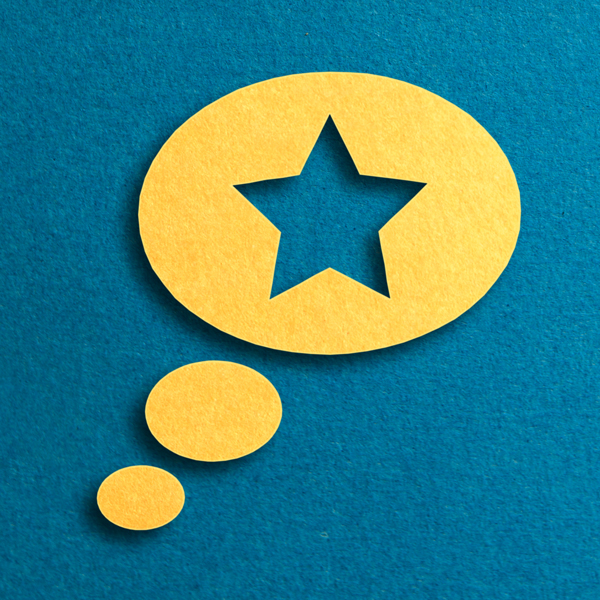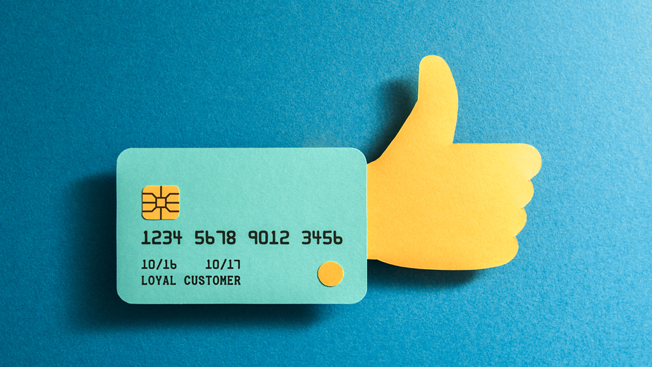It seems like such a beautiful relationship. You’ve got a regular thing going with what you believe is a solid base of loyal customers. You both couldn’t be happier.
But maybe you’re wearing rose-colored glasses. Dive in deeper and the customers you think are loyal may actually not care that much about you. What they’re really interested in is buying products like yours. In fact, they’re seeing your competitors as often as they’re visiting you. You might not even be their first choice.
Why is this a surprise? Because you have no idea what your customers are up to when they’re not strolling down your aisles, surfing your site or tapping your apps. You lack a “whole wallet view” of their activities.
You can’t hire a private detective to follow your customers around 24/7. But you can find out where they shop and how much they spend—with you and your competitors—using insights from Cardlytics.

Cardlytics collects anonymized purchase data from more than 1,500 banking partners, analyzing more than 20 billion transactions from 120 million accounts—a total spend of $1.5 trillion.
We know where they shopped last summer (as well as fall, winter and spring). We know how much they spent, when they spent it and what they bought. Our “purchase intelligence” identifies your most loyal (and not so loyal) customers so you can create more meaningful connections. Everyone wins.
Here are three examples of how Cardlytics has helped some major U.S. retailers redefine their assumptions about customer loyalty (we’ve changed their names to ensure their confidentiality):
1. Clothing retailer readjusts its deals
A popular U.S. clothing retailer knew that more than 60 percent of its sales revenue came from just 20 percent of its customers. The chain assumed these people were its most loyal audience, and that it didn’t need to waste marketing dollars trying to get them to spend more.
But the retailer was wrong. Only 5 percent of its customers were truly loyal—that is, at least two-thirds of the money they spent on clothing went to their stores. The rest were spending equal amounts of money with competitors. They were “heavy switchers” who spent a lot on clothing but were always hunting for the best deal they could find.
Armed with this data, the retailer was able to shift its marketing focus—offering its customers targeted deals to get them in the door more often.
2. Auto supplies chain revs up its sales
In a similar vein, a DIY auto parts retailer assumed that customers who shopped at their stores more than twice a year were loyal. When we looked at the data, however, the real story emerged: Nearly 40 percent of these seemingly loyal customers actually spent more with competitors. They were just frequent auto parts buyers.
So the retailer delivered targeted advertisements to its customers, segmented by their purchase histories. Within a year, the company was generating more than $1 million a month in incremental sales from these true loyalists—the best ROI of any of its marketing programs.
3. Coffee chain creates more in-store visits with customized rewards
A national chain of coffee shops wanted to turn occasional customers into regulars by encouraging them to enroll in its rewards program. Because the chain was already working with Cardlytics, it knew that it took 18 visits on average before customers enrolled in rewards. Once they did, however, they spent 56 percent more per month.
Our solution helped the chain come up with a series of offers and incentives to get less frequent customers involved with the loyalty program. The result: More than 12 million in-store trips from new or occasional customers, leading to 70,000 new signups and an initial card spend of $1.5 million.
Bottom line: True love may be hard to find, but it isn’t hard to measure if you have the right data. You may think you understand your loyal customers, but unless you have a view into their total spend, you may be working with an incomplete picture.








